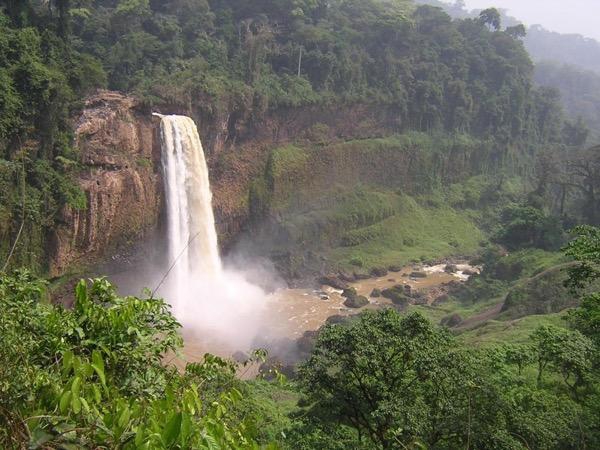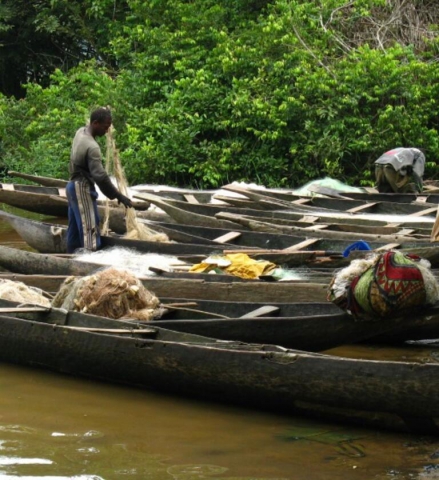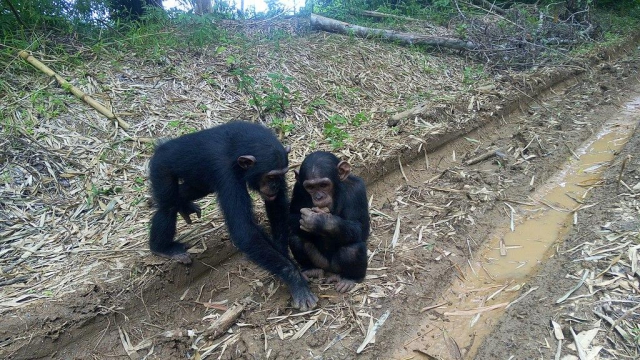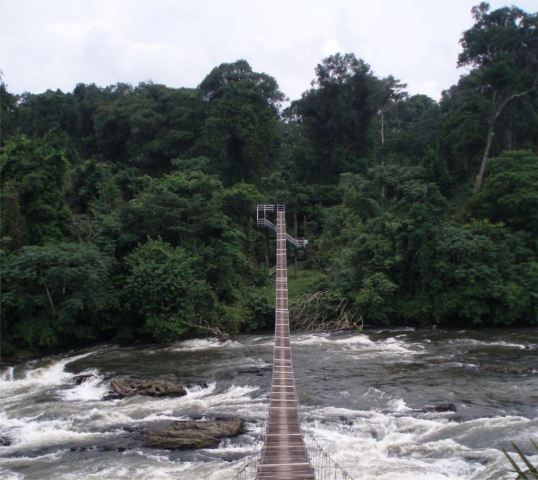Content
Located in the vibrant and culturally rich African nation of Cameroon, the Douala-Edéa National Park is a marvel of biodiversity and an impressive testament to African natural beauty. With its intricate mosaic of wetlands, mangroves, tropical forests, and river systems, the park offers a unique and unforgettable wildlife experience. This article will take you on a virtual journey through this natural paradise, inviting you to explore its rich fauna, flora, tourist activities, local communities, conservation programs, and much more.
Geographical Features of Douala-Edéa National Park
Description of Terrain and Climate
The Douala-Edéa National Park spans a vast expanse of diverse terrain, with an equatorial climate that provides ideal conditions for a wide range of species. The magnificent mangroves and wetlands serve as the lifeblood of this unique ecosystem.
The Importance of Mangroves and Wetlands
Mangroves and wetlands play a crucial role in biodiversity protection and climate regulation while providing a home to many endemic species. Additionally, they act as a natural sponge, absorbing significant amounts of carbon dioxide and helping to combat climate change.
The River System and the Influence of Tides
The park is crisscrossed by several rivers that, fed by the tides of the Atlantic Ocean, influence the lives of aquatic and terrestrial species, creating a dynamic intertidal ecosystem.
Flora and Fauna
Plant Biodiversity in Douala-Edéa
The Douala-Edéa National Park is a treasure trove of biodiversity, featuring a variety of plants that create a vibrant tapestry of vegetation. Dense mangroves, majestic raffia palms, and lush tropical jungles are among the prominent forms of plant life that can be found here.
Iconic Animals and Endemic Species
The park is home to an impressive array of wildlife. Here, you can encounter iconic species such as the African manatee, white-nosed monkeys, and a wide variety of tropical birds. Several types of reptiles, fish, and small mammals are among the endemic species, adding to the uniqueness of this ecosystem.
Threatened Species and Conservation Efforts
The Douala-Edéa National Park plays a crucial role in protecting threatened species. Conservation efforts focus on preserving the park’s wildlife diversity, including the endangered African manatee and leatherback sea turtle. These efforts are vital to maintaining the health and uniqueness of this ecosystem.
Tourist Activities
Birdwatching and Nature Tours
Birdwatching is one of the most popular activities in the Douala-Edéa National Park, with hundreds of unique species to observe. Nature tours also provide the opportunity to experience the stunning beauty of the mangroves and wetlands, as well as the diverse wildlife that inhabits them.
Hiking and Jungle Exploration
Hiking is an excellent way to explore the dense jungle and uncover its hidden secrets. Visitors can enjoy guided hikes on well-maintained trails and experience the rich diversity of flora and fauna up close.
Canoe Rides and Responsible Fishing
Canoe rides along the rivers and wetlands offer a wonderful way to explore the park from a different perspective. Additionally, the park provides opportunities for responsible fishing, allowing visitors to interact with the ecosystem in a sustainable manner.
Rules and Recommendations for Visitors
It is essential for visitors to follow the park’s rules to ensure the safety and well-being of wildlife. This includes keeping the park clean by disposing of trash properly, staying on designated trails, and not disturbing the animals. Guided tours are highly recommended to ensure a safe and rewarding experience.
Local Culture and Communities
Local Populations and their Relationship with the Park
Local communities have lived in harmony with nature in the Douala-Edéa National Park for centuries. They have developed sustainable and environmentally respectful practices, such as fishing and wild fruit gathering, which contribute to the conservation of this unique ecosystem.
Customs and Traditions
The park is a kaleidoscope of cultures and traditions, with local communities preserving their rich heritage over the centuries. Visitors can learn about traditional fishing practices, local folktales, and the importance of respecting nature in these cultures.
Community Benefits of Tourism
Tourism in the Douala-Edéa National Park benefits local communities by generating employment and economic development opportunities. Visitors are encouraged to support local communities by purchasing crafts and local products and participating in tours and activities led by community members.
Research and Conservation
Scientific Studies and Recent Findings
The Douala-Edéa National Park is a living laboratory for scientists and conservationists. Recent studies have provided valuable insights into the park’s biodiversity, wildlife migration patterns, and the effects of climate change on this fragile ecosystem.
Conservation Programs and Roles of Local Organizations
Various conservation programs are active in the park, with local and international organizations working to protect and preserve its unique biodiversity. These organizations play a crucial role in promoting environmental awareness, education, and driving sustainable tourism initiatives.
Importance of Douala-Edéa National Park in Combating Climate Change
The park is an important carbon sink, helping to mitigate the effects of climate change. Protecting the mangroves and wetlands, which absorb significant amounts of CO2, is vital for the health of the planet.
Practical Information
Best Time to Visit Douala-Edéa National Park
The best time to visit the park is during the dry season, which runs from November to April. During this period, the weather is more pleasant, and wildlife is easier to spot.
Accommodation and Dining Options
There are various accommodation options in and around the park, ranging from campgrounds to luxury lodges. Visitors can enjoy local and international cuisine at the park’s restaurants and nearby establishments.
Travelers’ Tips
Visitors should take certain health and safety precautions during their stay. This includes getting vaccinated against common diseases in the region, such as malaria, and wearing appropriate clothing to protect against insects. Additionally, it is advisable to always follow the instructions of local guides and respect wildlife to ensure a safe and enjoyable visit.









